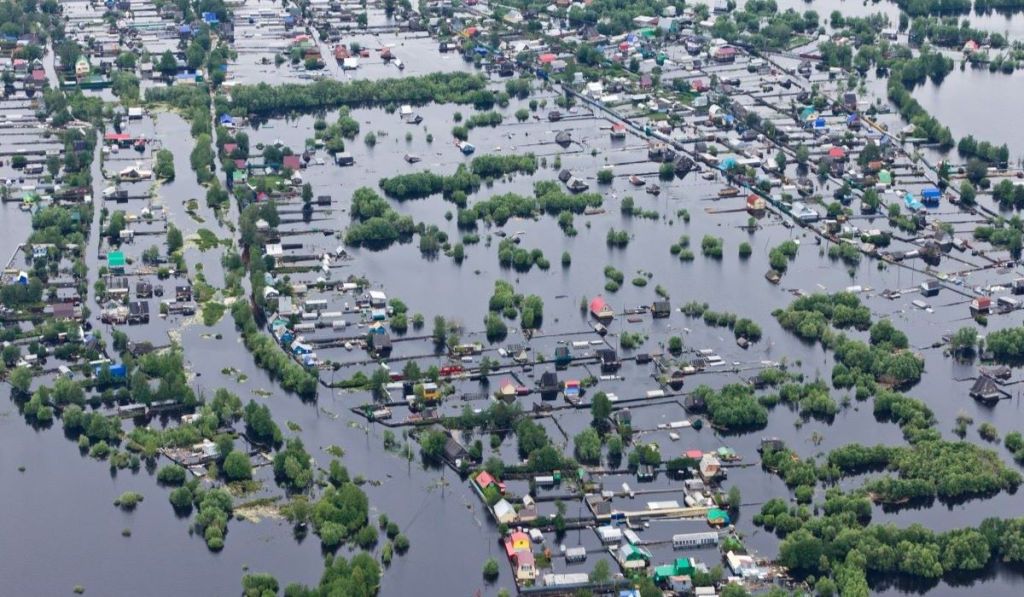Homeowners are increasingly concerned with flood insurance premium hikes impacting affordability, Fannie Mae‘s latest national flood survey showed.
Despite people’s personal flooding experience, consumers have a poor understanding of the flood risk of their residence, particularly for those in high-risk zones, according to survey results.
Fannie Mae conducted an online survey in late 2022 among a national panel sample whose addresses were in or near a Federal Emergency Management Agency (FEMA) defined flood zone.
The survey results were based on nearly 4,000 people nationwide residing in areas across high-risk, medium-risk and locations that were not considered high- and medium-risk areas.
The latest survey is an expansion from its 2020 version and compared how homeowners’ and renters’ awareness and attitudes towards flood risk and flood insurance changed over the years.
Premiums are rising
About 24% of the surveyed respondents said flood insurance is not very or not at all affordable in 2022, compared to 25% in 2020. Some 29% those in high-risk areas saying it is not very or not at all affordable in 2022, a marginal decrease from 31% two years ago.
Notably, the survey showed that this concern was even higher among Hispanic/Latino respondents (34%).
More than half (56%) of those with a separate flood insurance policy said their premium has increased over the last year, which may be driven by the pricing changes brought about under FEMA’s new Risk Rating 2.0 methodology, Fannie Mae said.
FEMA’s Risk Rating 2.0 methodology is a new risk rating system for the National Flood Insurance Program (NFIP) that takes into account variables, such as individual home value and flood risk, which were not factored into previously.
Congress capped annual flood insurance premium hikes at 18%, but Fannie Mae noted “these increases (pricing changes under Risk Rating 2.0) could have tangible impact on consumers.”
Many respondents also noticed increases to their homeowners’ insurance premiums, with about 20% reporting the premium increase to be “significant.”
The average annual cost of flood insurance from the NFIP was $700 per year, but policyholders under the new system pay on average $888.
FEMA’s data showed that the hardest hit homeowners are predominantly in South Florida. In Palm Beach County’s Jupiter Inlet, flood insurance will increase by an average of 342% to $3,449, according to the Miami Herald, which analyzed the FEMA data.
Some zip codes in Louisiana, Kentucky, Ohio and Texas will see double or triple digit increases as well.
“Recent insurance market trends have been unfavorable to consumers across the United States, but especially so in Florida, Louisiana, Texas, and California. Certain factors, like the rising severity and frequency of natural disasters, are even leading some insurers to stop writing new policies or pull out of certain states altogether,” said Fannie Mae’s report.
The survey showed respondents were increasingly concerned with possible reductions in home value if their residence were to be designated as located within a high-risk flood zone.
This was most pronounced among respondents with property already located in high-risk areas (29% in 2022 vs. 23% in 2020).
Improving awareness remains a key priority
Fannie Mae’s survey found that one-in-eight respondents have experienced a flood at their current residence, with half reporting experiencing flooding in the past five years.
Flooding experience was more prevalent among Black respondents, with one-in-five Black respondents (20%) responding they have had a flood at their current residence.
In comparison, 14% of Hispanic/Latino respondents and 13% of White respondents reported the same. This higher degree of personal experience with flooding might help explain why Black respondents perceived a higher risk of flooding in their community and their homes relative to others, the survey noted.
Only 41% of respondents in high-risk areas and 30% in medium-risk areas said they were informed of flood risk prior to moving into their current home.
Moving forward, the results of this survey indicate that significant work remains to educate consumers on flood risk and mitigation options, Fannie Mae noted.
FEMA continued to be cited as the most trusted source for flood risk information, growing since 2020 (47% 2022 vs. 41% 2020), followed by other government agencies (10%) and insurance agents (7%).
“There is more that the housing industry, government institutions, and other stakeholders can do to enhance consumer-focused communications, ensure access to reliable flood-risk information, and to make it easier for consumers to make informed choices about whether flood insurance is right for them,” said Fannie Mae.






